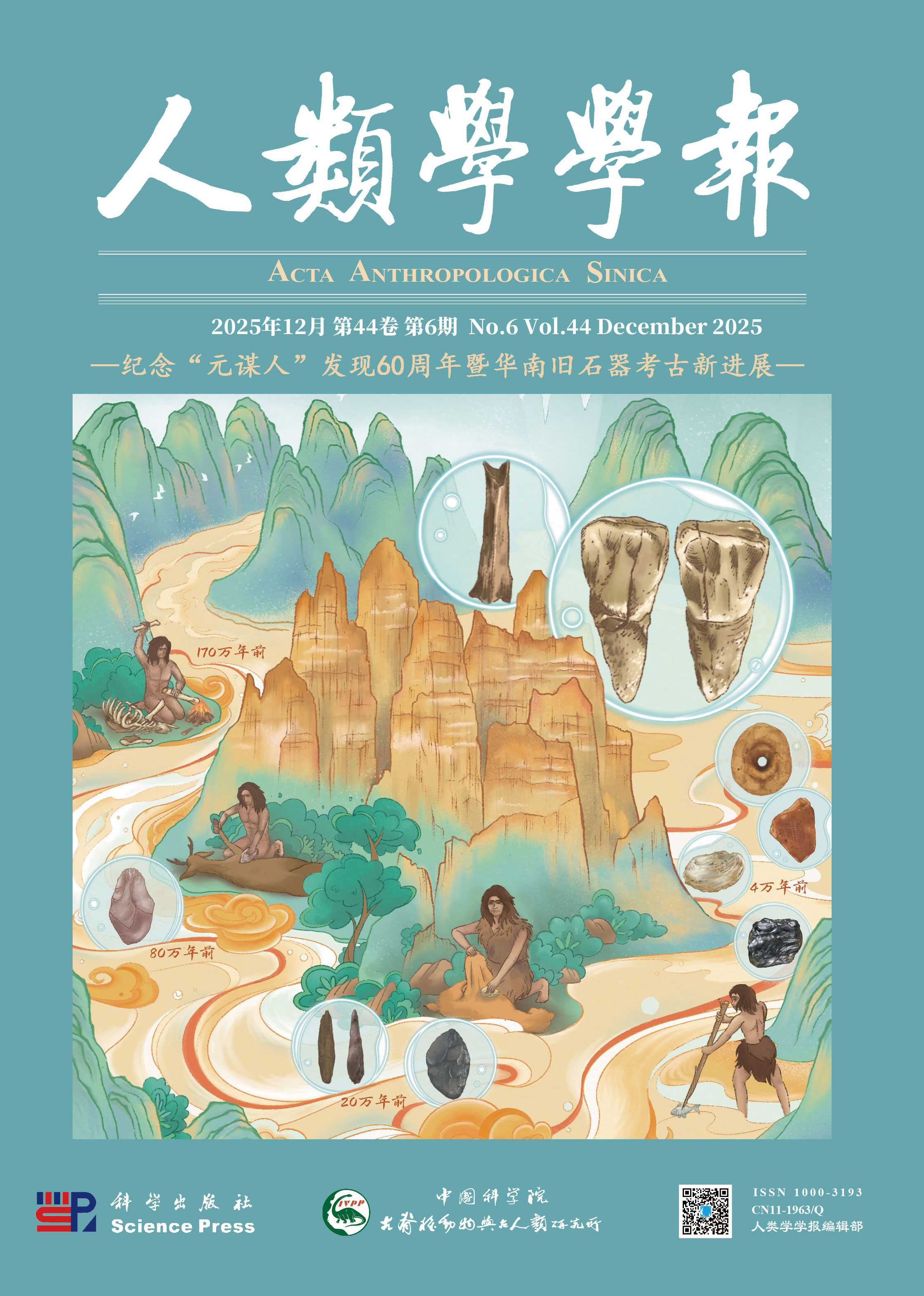As a key area for the occupation and dispersal of Homo erectus, a large number of Pleistocene H. erectus fossils have been discovered in East Asia. This provides specific advantages for understanding the evolution and dispersal of H. erectus on our planet. However, so far, the scarcity and poor preservation of the early H. erectus fossils ever found in China, especially the lack of completely preserved skull fossils, significantly hinder our knowledge of the evolutionary history of East Asian H. erectus and its evolutionary systematic status.
Three relatively well-preserved early H. erectus skull fossils have been unearthed from the Xuetangliangzi (Yunxian hominin) site in Hubei province. These fossils hold considerable promise for elucidating this species’ evolutionary trajectory, migratory patterns, and environmental adaptability in East Asia. Consequently, establishing an accurate chronological framework for these fossils is deemed essential.
Since these skull fossils are of great significance for understanding the evolution, dispersal, and environmental adaptations of East Asian H. erectus, establishing a precise chronological framework for these fossils seems to be vitally important.
In this study, the previous studies on the stratigraphic and geochronological dating of the Yunxian hominin site were systematically reviewed and examined to analyze the potential problematic issues. At least five levels of terraces are recognizable in the Yunxian hominin site area, and the WT section which was mostly focused on by previous studies may not correspond to the terrace on which the hominin fossils were discovered. Therefore, this discrepancy suggests that many dating efforts, particularly paleomagnetic analyses, may not reliably reflect the site’s antiquity. Electron Spin Resonance (ESR) dating of mammalian remains from the same stratum provides a minimum age estimate for the Yunxian hominin fossils. Furthermore, the incomplete characterization of the mammalian fauna associated with the site complicates faunal comparisons, thereby affecting the chronological assessment.
Based on this conclusion and integrating regional geomorphological and geochronological data, we propose that disparities in sampling resolution, experimental methodologies, analytical precision, and sample integrity may contribute to the existing controversies. However, the most significant factor undermining the chronological reliability of the Yunxian hominin site is the tenuous nature of regional stratigraphic correlations. Additionally, geochronological datings on the terraces along the Han River indicate that T4 to T1 terraces developed at approximately 55,220,780 and 1,300,000 BP, respectively. The formation of the T4 terrace, where the Yunxian hominin site is located, sets a maximum age constraint for the site. Moreover, a detailed analysis of the temporal distribution of hominin occupations in this region could yield pivotal evidence for correlating the Yunxian hominin fossil with potential cultural affiliations to Paleolithic sites along the river.











